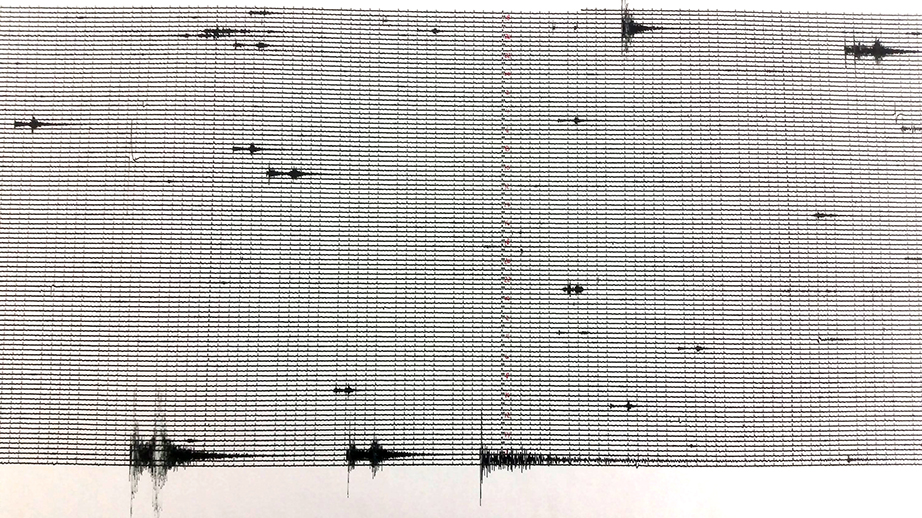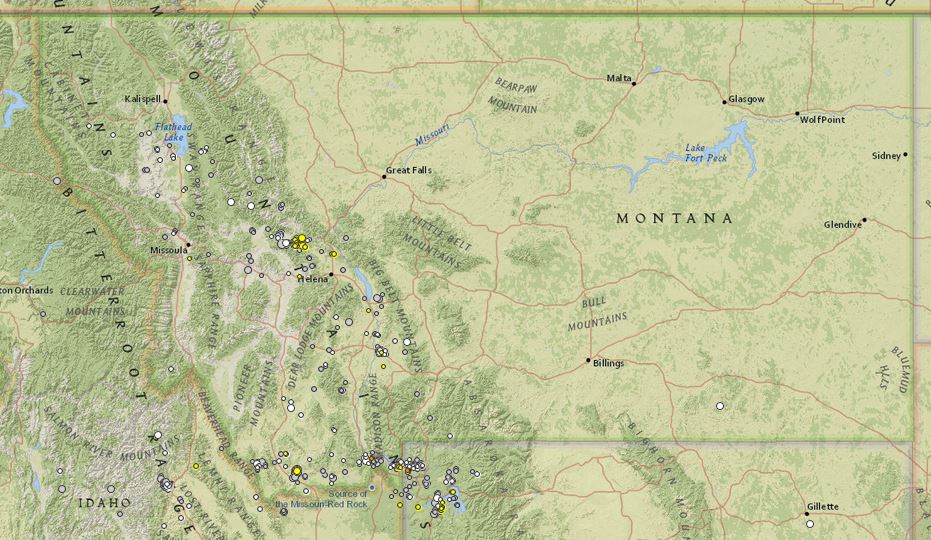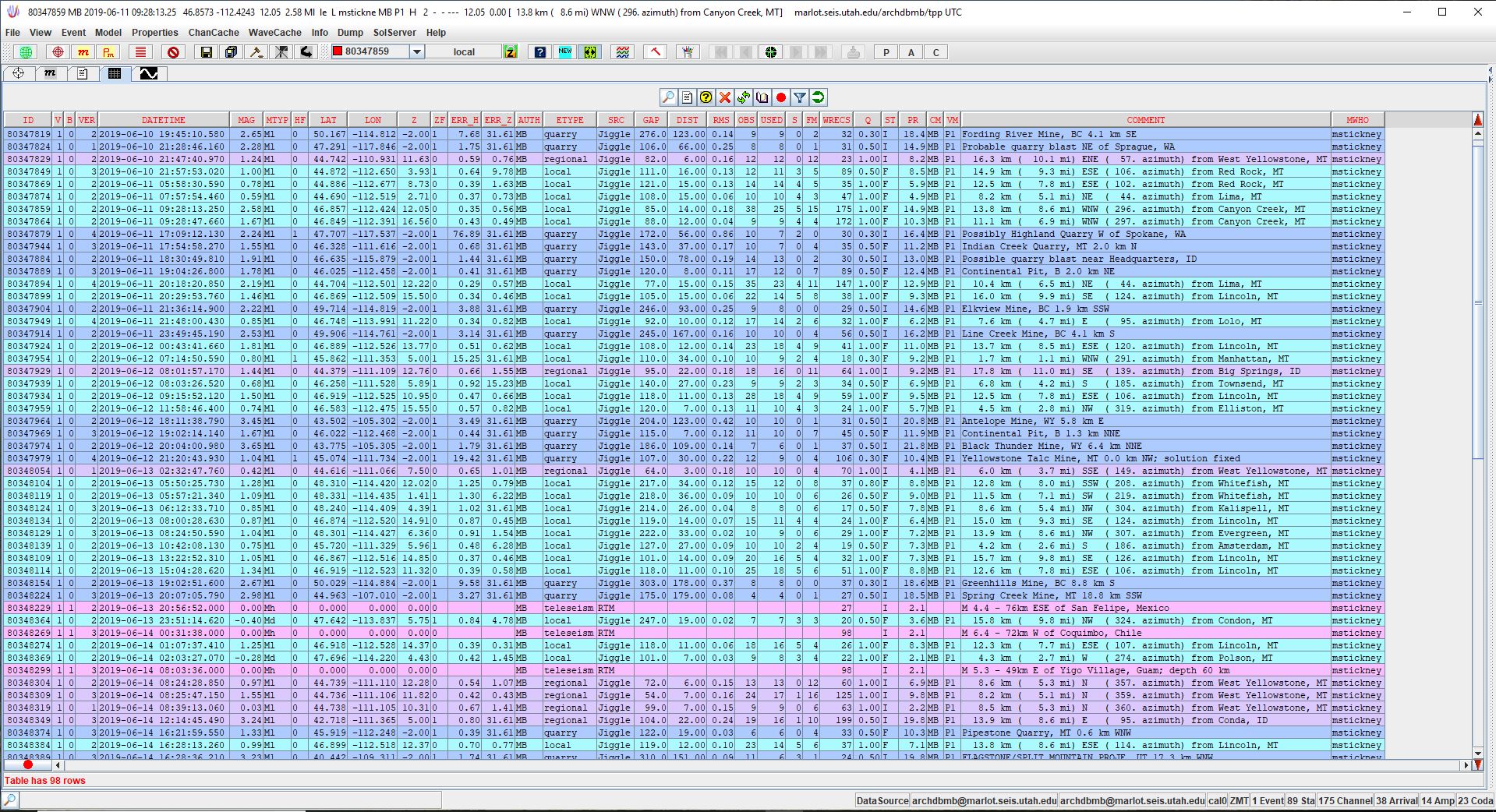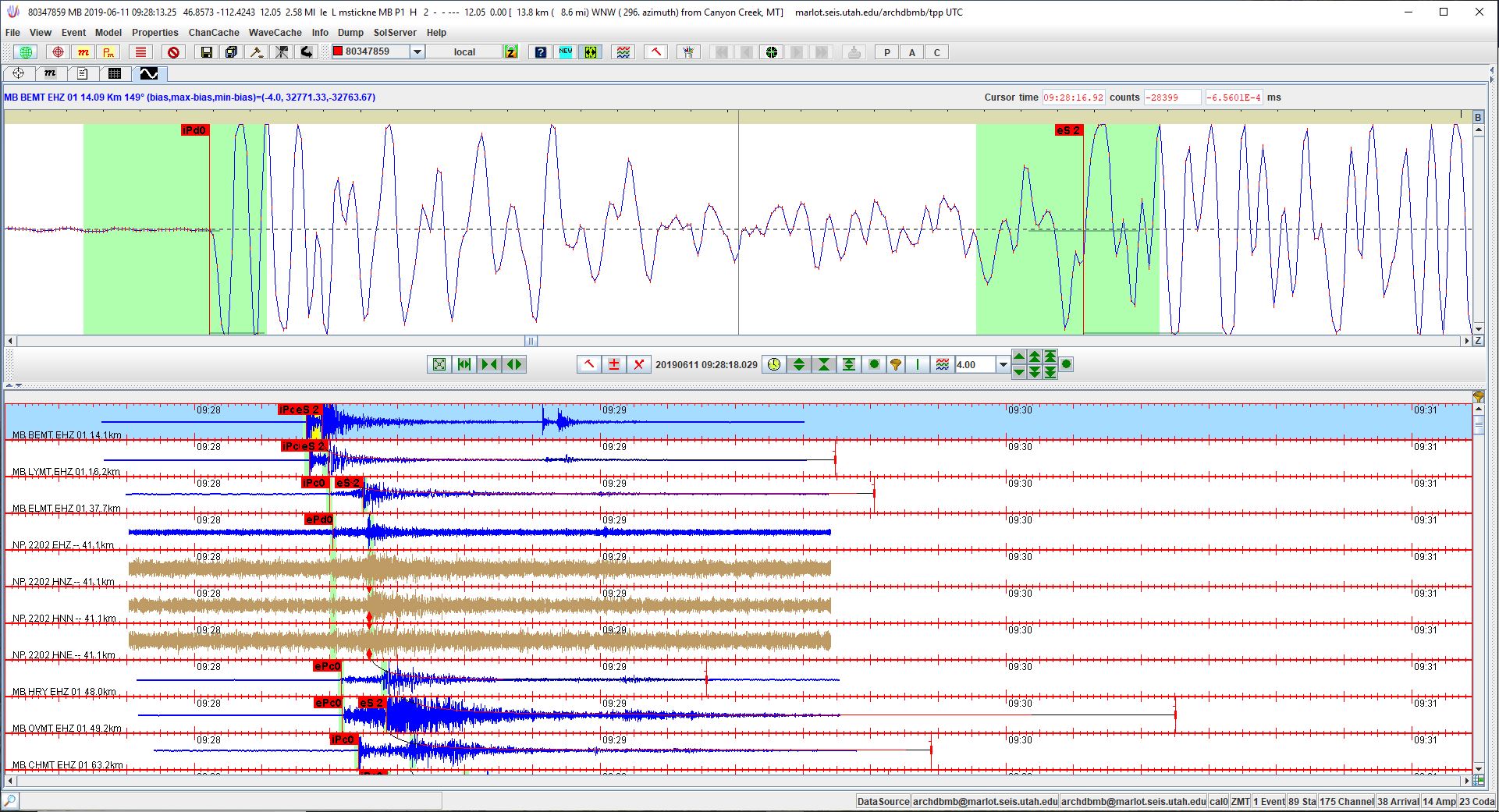Seismicity in Montana—Intermountain Seismicity Belt
A belt of seismicity known as the Intermountain Seismic Belt extends through western Montana, from the Flathead
Lake region in the northwest corner of the State to the Yellowstone National Park region where the borders of Montana,
Idaho, and Wyoming meet. The Intermountain Seismic Belt continues southward through Yellowstone Park, along the
Idaho-Wyoming border, through Utah, and into southern Nevada. In western Montana, the Intermountain Seismic Belt
is up to 100 km wide. A branch of the Intermountain Seismic Belt extends west from the northwest corner of Yellowstone
Park, through southwestern Montana, into central Idaho. This so-called Centennial Tectonic Belt includes at least
eight major active faults and has been the site of the two largest historic earthquakes in the northern Rocky Mountains,
the August 18, 1959 Hebgen Lake, Montana earthquake (M 7.5), and the October 28, 1983 Borah Peak, Idaho earthquake (M 7.3).
Although it has been over four decades since the last destructive earthquake in Montana, small earthquakes
are common in the region, occurring at an average rate of 7-10 earthquakes per day.



